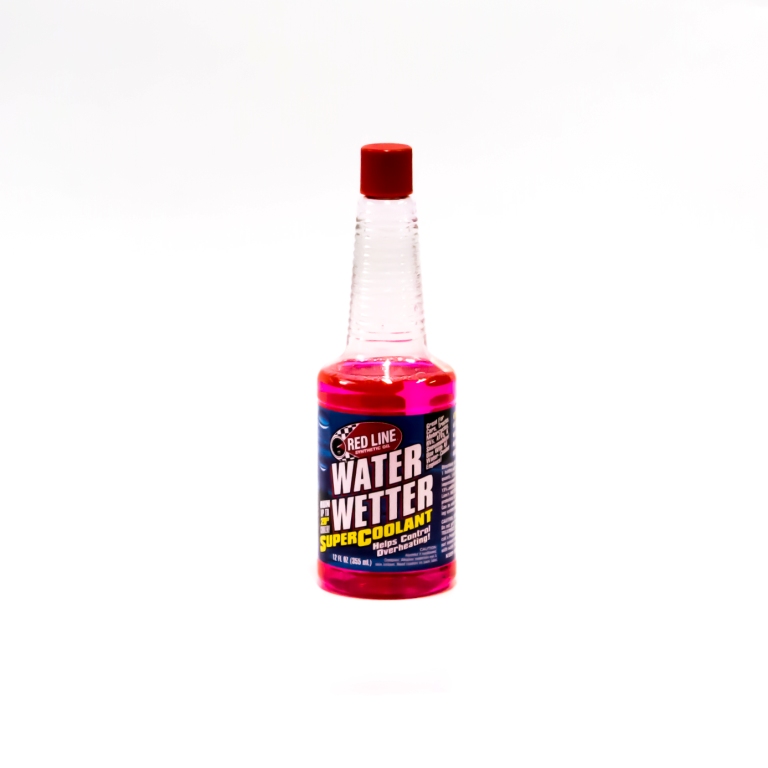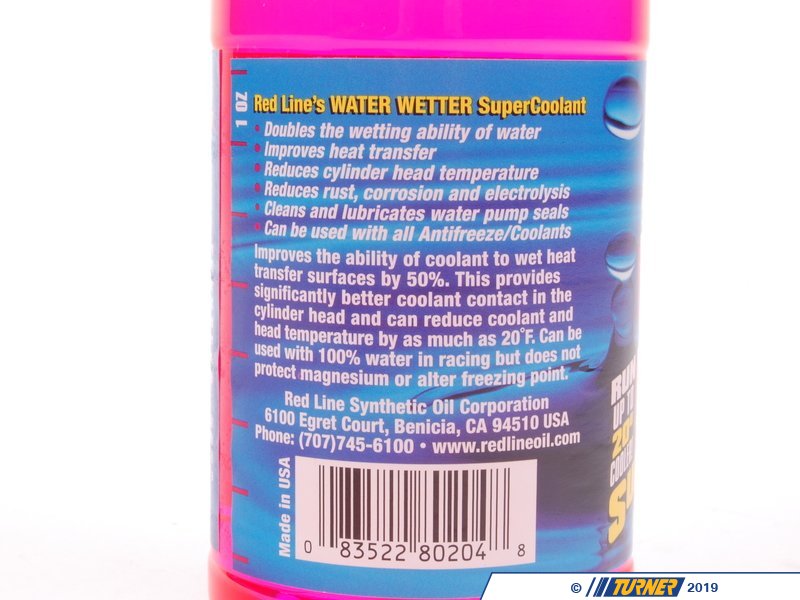

The Water Wetter produced similar results to DEI's Radiator Relief and was only slightly bettered by it when mixed with water alone. We've just never tested it against other cooling agents, or against itself when mixed with straight water as opposed to antifreeze, for that matter. Red Line's Water Wetter is one of the first cooling agents we came across years ago, and have always had good results with. Now would be a good time to mention that none of these products are designed to perform miracles, and if your radiator isn't up to the task, don't expect anything but a new or larger radiator to fix the problem. We also performed temperature readings for both radiator inlet and outlet temperatures and cylinder head temperatures.

We performed four tests for each mixture: Low rpm, low mph street driving 4000rpm, 75mph freeway speeds 5000rpm hill climbs and extended idling.

We kept to the same roads, and stabilized load conditions by repeating similar engine and vehicle speeds for each test. Aside from outside air temperatures, which remained fairly constant during our testing, we were able to control almost everything else. Note to self: allow more than two days when changing radiator fluid almost 10 times. Two days and nearly 300 miles later and we had our results, and some nasty burn marks on our arms. The key to any successful test is keeping as many of the variables the same as possible, and performing as many tests as possible. We tested these products mixed with both a 30/70 antifreeze/water mixture and mixed with water alone. Either way, if your engine is overheating, it has to be taken care of otherwise you'll end up with expensive problems that make the price of an aluminum radiator seem more on par with the amount of change you've got under your couch cushion.įor our test we rounded up four of the most popular cooling additive products on the market: Red Line Water Wetter, DEI Radiator Relief, Hy-per Lube Super Coolant, and Justice Brothers Radiator Cooler. But even adding another fan or a larger one will cost you a bit of cash and may cause problems when it comes time to fitting it in place. Sometimes adding a larger or secondary cooling fan will help alleviate low-speed or idling cooling issues. Common cool-down methods include larger frontal area and/or thicker aluminum radiators, which have the ability to dissipate more heat quickly, but can also be fairly expensive. That's why it's important to keep water temperatures under control. Excessive cooling system temperatures can cause hoses to burst, headgaskets to blow and even cylinder heads and engine blocks to warp the fact that they'll lose significant amounts of power goes without saying. Temperature can determine just how much power an engine can make, how efficiently it will run, and whether or not it will hold together. The human body doesn't like to overheat and engine's aren't much different.


 0 kommentar(er)
0 kommentar(er)
